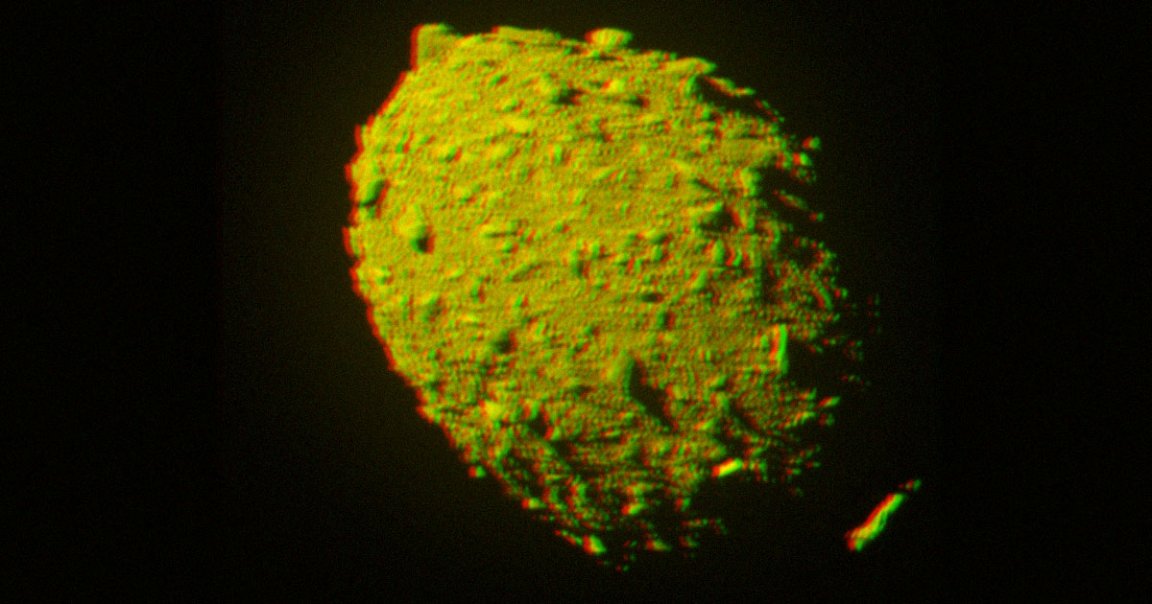
Mighty Morphin Asteroid
In September 2022, NASA intentionally smashed its Double Asteroid Redirection Test (DART) spacecraft into a tiny asteroid called Dimorphos, a landmark test to see whether we could divert potentially dangerous space rocks in the future.
The collision was powerful enough to knock Dimorphos off its trajectory, releasing copious amounts of dust and loose rock in the process, as seen in spectacular images taken by NASA’s Hubble and Webb space telescopes.
Now, scientists who simulated the space rock suggest that Dimorphos’ shape may be changing — even “healing,” as ScienceAlert puts it — after being brutally hit.
In a new paper published in the journal Nature Astronomy, researchers argue that the European Space Agency’s upcoming Hera mission to the site of the impact “may find a reshaped asteroid rather than a well-defined crater.”
The simulation supports the theory that the asteroid is nothing more than a “weak” pile of “rubble” that was formed through loose rocks being shed by Dimorphos’ larger binary twin Didymos — which could have considerable implications for future asteroid redirection efforts.
Deform and Void
The team of scientists led by planetary scientist Sabina Raducan of the University of Bern, Switzerland, simulated Dimorphos and DART to account for the observed effects the collision had on the space rock.
According to their research, the impact left a huge mark on the suspected “rubble pile.”
“Our simulations indicate that the DART impact caused global deformation and resurfacing of Dimorphos,” the paper reads.
The researchers suggest Dimorphos was formed by accreting fine grains from its larger cousin Didymos over a “period of several days to years,” which could mean that other similarly formed asteroid moons could also be “easily reshaped” and that their surfaces are “relatively young.”
“Overall, the findings of this study provide valuable information for understanding the formation and characteristics of binary asteroids and will inform future exploration and asteroid deflection efforts,” the researchers wrote in their paper.
More on DART: Incredible New Videos Show NASA Smashing Into Asteroid